Barcelona is a city of immigrants1. In 1993, the city developed an immigration plan the first autonomous region in Spain to do so2. Additionally, Spain has a reputation for welcoming newcomers compared to other European countries3. Current figures show that foreigners in Barcelona account for 23.6% of the city’s population4.
People of Italian ancestry account for approximately 11% of foreign nationals. Colombian, Pakistani, and Chinese residents each comprise about 5% of the immigrant community. Additionally, those with European Union nationalities make up 27.3% of the foreign-born population5. American nationals represent just over 5,000 inhabitants of Barcelona6.
Population Distribution of Foreign Nationals in Barcelona (Ajuntament de Barcelona)
Reading the above statistics surprised me on several levels. First, it illustrates the welcoming nature of Barcelona. This was one of the key reasons why my husband Les and I made the deliberate choice to move here. Secondly, I now find myself living in a multicultural city that is not much different from many American cities. Les and I considered other destinations in both the United States and the rest of the world. Diversity was not a major factor but since we’ve been here, I don’t know why we didn’t think that would make a difference. Now that we discovered that Barcelona encompasses sizable numbers of people from a variety of backgrounds, it makes us feel even more at home. We’re not the only ones who have made the journey. Lastly, it explains the proliferation of restaurants that specialize in non-Spanish or non-Catalan cuisine and that brings me to the focus of this essay. However, I must digress for a bit.
Stories abound that tell tales of the experiences of immigrants to a new country. Hollywood stereotypes portray new arrivals “fresh off the boat” as they try to adjust to new ways and customs. These narratives will also show them adhering to some of the traditions that they brought with them. Food is a good example. In the 1996 film Big Night, Tony Shalhoub and Stanley Tucci play two brothers, Primo and Secondo, respectively. Primo is determined to create authentic dishes in true Italian style. Yet, he is foiled in his efforts as he finds that American tastes and commercialism expect a more Americanized version of his cuisine7.
In Barcelona, there are plenty of restaurants that specialize in Catalan cuisine. They range from tiny neighborhood tapas bars to various traditional Catalan restaurants known as cans, to Michelin starred, fine dining establishments. These places are what draw foodies and tourists to Barcelona. Moreover, it is also a reason that Les and I came here; to indulge in the Catalan cuisine that we have heard so much about. Imagine my surprise then when I found an abundance of restaurants serving up Italian, Mexican, Japanese, Filipino, Argentinian, Chinese, and Indian dishes.
While I am excited to immerse myself in both Catalan and Spanish culture and cuisine, I can’t help but be thrilled by the preponderance of eateries that are dedicated to food from around the world. It’s what makes cities great. Now, the job ahead of us is to seek out these places, especially the ones in our neighborhood. It could also give us a chance to connect with other foreigners as well as locals.
Three distinct types of cuisine have stood out for me during our first months in Barcelona. For this essay, I will focus on those three although they are by no means the only styles that I’ve tasted or sought out. For me, these have provided a connection with local citizens as well as reaching back to familiar sorts of restaurants that remind me of the people and places that have been part of my life.
Growing up, Italian food was the default in my family where I witnessed my grandmother keeping traditions alive thanks to her Sunday dinners. Dining out in Philadelphia, Baltimore, and Phoenix, Italian restaurants were also a default choice. Italian cuisine is prevalent throughout Barcelona. This may be due in part to the large number of those with Italian ancestry living here. In our neighborhood, there is an Italian restaurant almost literally on every block. Not only do they appear to be popular with the locals, but they also attract visitors. It is common to hear conversations in Italian, English, and French as well as Spanish and Catalan. Almost always, the food is delicious. The dishes are fairly close to what might be seen in Italian restaurants in the states: all types of pasta, lasagna, and pizza. The staff are generally professional and obliging. They always supply us with olive oil, freshly-grated parmigiano, and bread or focaccia. Not to mention, the prices are far from a budget buster. We’ve been to some of the restaurants more than once, so employees will recognize us. An interesting aside, when first dining at any establishment, the servers might come across as formal or distant. Once you’ve been to their eatery for a second visit, they will go the extra mile. At one pizza restaurant, Pizzería del Barri, we usually have the same waiter. He never fails to fill our wine glasses to the brim. Bar H, on our block, specializes in home-made pasta dishes. The server will usually offer us glasses of wine from Italy, rather than Catalan wine (which is also good, by the way). When we told her on our second visit that we lived in the neighborhood, she said she already figured that we did because she sees us out and about with our dog. It’s nice to know that someone is paying attention to us. It reminds me of how typically, mostly older Italian women watch out for their neighbors in Baltimore’s Little Italy or in South Philadelphia. I suppose we now belong!
Pizzería del Barri (Farrah’s Favorite)
Entrance to Bar H (Too Early in the Day for Pasta)
Menu at Bar H
Les Enjoying Pesto Pasta and Sicilian Wine
Somewhat surprisingly, Mexican nationals in Barcelona appear to be small in number but are a growing presence. Unlike Madrid where Mexicans, especially those who are wealthy, are investing in real estate and the hospitality industry8, in Barcelona it’s more common to encounter Latin Americans from Colombia or Venezuela. However, still the number of Mexican restaurants abound. As with the Italian restaurants, Mexican establishments feature good food, friendly staff, and low prices. They also seem to be popular and filled with patrons from the neighborhood or tourists and other visitors. As with Italian places, we have a few favorites. There’s a taco place on the corner, La Fàbrica del Taco. With three locations in the city, it offers tacos, burritos and enchiladas. It appears to be especially popular with students from the Pompeu Fabra University. It’s where I go if I need a burrito fix! In the adjoining Clot neighborhood, we enjoy going to La Taqueria. We came upon this establishment on a trip to the regional post office to pick up a package. It was one of the few places that were open in the mid-afternoon when many other restaurants close for afternoon siesta. Aside from the outstanding selection of tasty dishes, the selection of three different salsas for the table, and their mezcal cocktails, what attracted me the most were the murals on the walls. They depict agaves and cacti that remind me of Arizona. In fact, on our first visit, it felt as if I was transported back to Phoenix or Tucson. When I relayed this to the owner (who is actually from Ecuador), he was glad that his restaurant had the ability to engender a feeling of nostalgia. Mind you, I never felt that I truly belonged to a community while living in Phoenix. Nevertheless, there are certain things I do miss about the city such as friends, family, and special places like the Desert Botanical Garden. The murals reminded me of that special place where Les and I celebrated our wedding. Plus the food was the best I had since Barrio Café (which is now closed). I would have never thought that someone who never took Mexican food seriously in their youth (I thought Taco Bell was all there was) would regard it as comfort food. Now that we’ve been there four times, Les and I are welcomed as regulars. As a bonus, we get to relive, however briefly, the enjoyable times we had in Phoenix (minus the intense heat).
An side note: In the few weeks since I first wrote this essay, we’ve found two new Mexican restaurants in town. Chido One in Gràcia and METL in Poble Nou. Chido One has a few wines from the Baja peninsula wine-growing region of Mexico which are rarely seen in Barcelona and surprisingly at local wine prices. METL has a lively atmosphere that draws an international crowd from the growing high tech local neighborhood. Both places have amazing food (especially the molé)!
Entrance to La Fàbrica del Taco (Sadly No Breakfast Burritos)
La Taqueria in the Clot Neighborhood
Cactus Wall at La Taqueria
Earlier, I had mentioned some of the other communities that have made their homes here in Barcelona. As with Italian and Mexican, it is not difficult to find Chinese, Indian, Argentinian, or Senegalese restaurants. However, there are other eateries that encompass a category I’ve called “unconscious fusion.” Put simply, these are older tapas bars that have been passed on to new immigrant owners. Their menus usually consist of the items that one might find in any traditional tapas place: patatas bravas, croquettas, bombas, ensaladilla russa, anchovies, Padron peppers, etc. In addition to the Catalan dishes, a restaurant may, depending upon the cultural and culinary traditions of the owners, serve non-Catalan items. For example, a menu could include ramen or tempura if the owners are Japanese. In our neighborhood, we’ve visited many of these restaurants. The Bell Pepper Resto Bar primarily serves Filipino food but if you’re not in the mood for pancit or lumpias, they have Catalan offerings as well. Especially noteworthy is the roasted eggplant with honey and goat cheese. I’m not fully certain that this is a Catalan specialty, but we’ve noticed it on menus throughout the city in the last several months.
Our hands-down favorite place in the city is just next door. El Nou Xatico, or as everyone in the neighborhood informally calls it, Rosa’s Place, is the first restaurant at which we ate the evening we arrived in Barcelona. Rosa and her husband José are the proprietors and have been nothing but welcoming since day one. José does most of the cooking while Rose waits on customers. Their restaurant’s tapas offerings are always good (especially the scalloped chicken), and she always pours us the best wines. Plus there is a sizeable selection of Chinese dishes on the menu (and a few off the menu that they’ve made just for us). Our friend Mike introduced us, and Rosa’s is a home away from home, even though it’s only a few steps from our apartment. A while back, Les scored some points after he commented on the loveliness of Rosa’s scarf that she bought in China. She was also surprised that we were familiar with baijiu, a Chinese liquor that we’ve only seen before in Phoenix. Although Rosa speaks only Chinese and Spanish and our Spanish language skills are not yet to up to par, we manage to have conversations with each other every time we go. We always feel welcome whenever we go.
Les Enjoying a Jamón Iberico Bocadillo (and Rosa’s famous Patatas Bravas) on Our First Night at Rosa’s
Getting back to the film Big Night, I agree, to an extent, with Primo’s insistence in serving more authentic dishes at the restaurant. Yet, he wasn’t willing to compromise. Making connections means that it’s important to adapt. In Barcelona, we’ve found eateries that remind us of not just the food, but also the people and places that made us joyful in the United States. Conversely, we began the process of forming relationships with people we’ve just met within the context of those restaurants. The taste of home is the taste of Barcelona. We hope that it continues in that direction.
Works Cited
1This is a fact which may or may not surprise any first time visitors to Barcelona. Immigrants, expats, visitors, etc. are what constitute a world-renowned city in my opinion. Important cities such as New York, Los Angeles, and London have large diverse populations that contribute to the fabric of the community. Barcelona needs to promote this aspect more than it does. Sadly, I get the sense that there are some within the Catalan independence movement that prefer “Catalonia for the Catalans.” To me this smacks of xenophobia and isolationist tendencies. I hope this stance that some have doesn’t gain traction in the city or region as it has other countries, particularly in all too many European countries.
2,3Cachón, Lorenzo. “Understanding the Case of Barcelona from the ‘Spanish Model’ of International Migration: Commentary on ‘Destination Barcelona: Migration Processes in a Historical and Contemporary Perspective’ by Sònia Parella, Clara Piqueras, and Carlota Solé.” Ethnic and Racial Studies, vol. 46, no. 11, 2023, pp. 2315–24, https://doi.org/10.1080/01419870.2023.2176247.
4,5“Record figure: foreigners now account for 23.6% of Barcelona’s population.” Barcelona International Welcome, 22 August 2023, https://www.barcelona.cat/internationalwelcome/en/noticias/record-figure-foreigners-now-account-for-23-6-of-barcelona-s-population-1313513.
6Ajuntament de Barcelona: Oficina Municipal de Dades, Departament d’Estadística i Difusió de Dades, La Població de Barcelona Lectura del Padró Municipal d’habitants a 01/01/2023, Síntesi de Resultats, July 2023, https://ajuntament.barcelona.cat/estadistica/catala/Estadistiques_per_temes/Poblacio_i_demografia/Documents_relacionats/lecpadro/a2023/resum/La_poblacio_de_Barcelona_2023.pdf.
7Big Night. Directed by Campbell Scott and Stanley Tucci, performances by Tony Shalhoub, Stanley Tucci, Marc Anthony, Minnie Driver, Ian Holm, Isabella Rossellini, and Allison Janney, Rysher Entertainment and Timpano Production, 1996.
8Orihuela, Rodrigo and Macarena Munoz Montijano. “Rich Latin Americans Investing In Real Estate Are Turning Madrid Into a New Miami.” Bloomberg Linea, 2 June 2023, https://www.bloomberglinea.com/english/rich-latin-americans-investing-in-real-estate-are-turning-madrid-into-a-new-miami/.





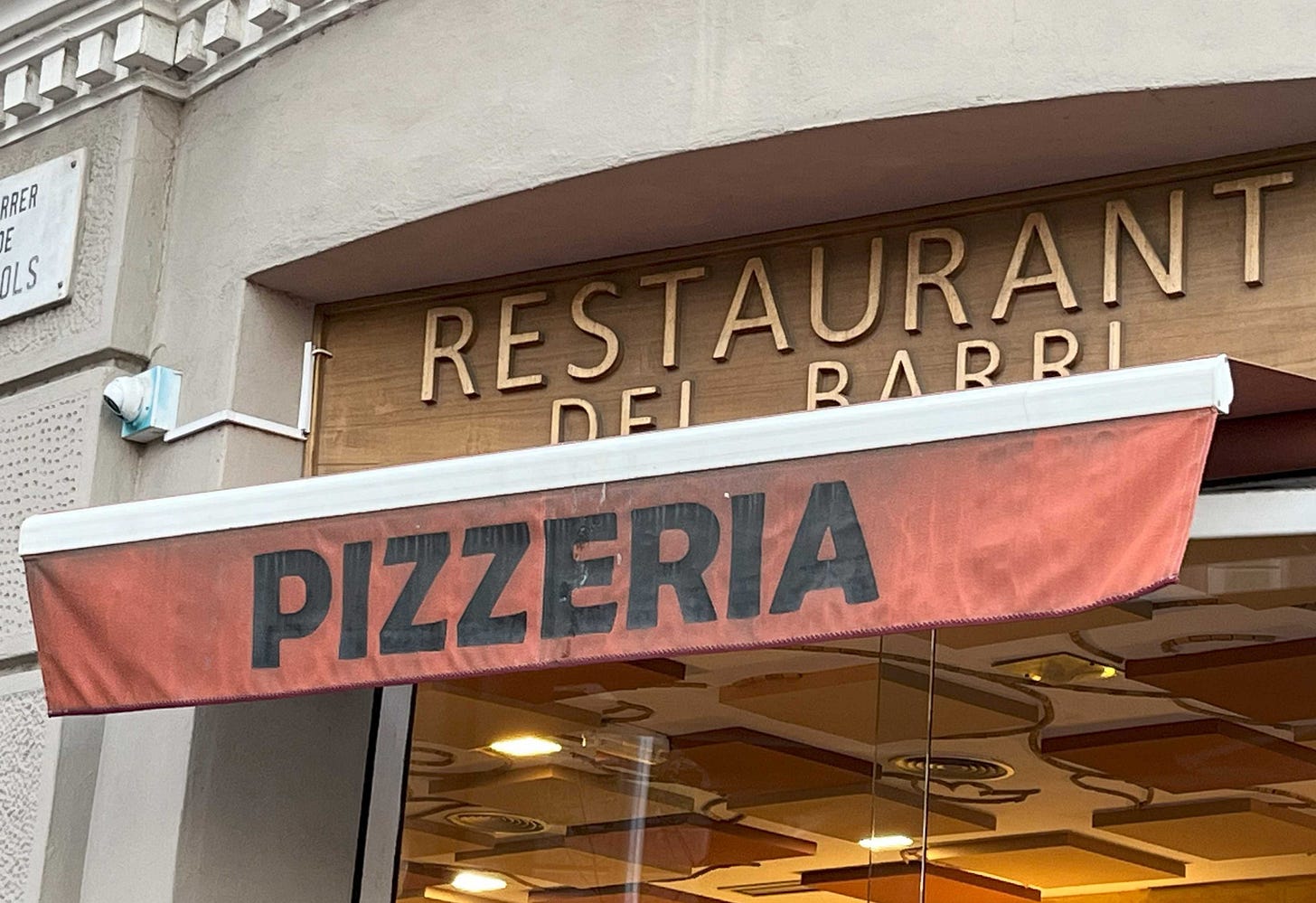
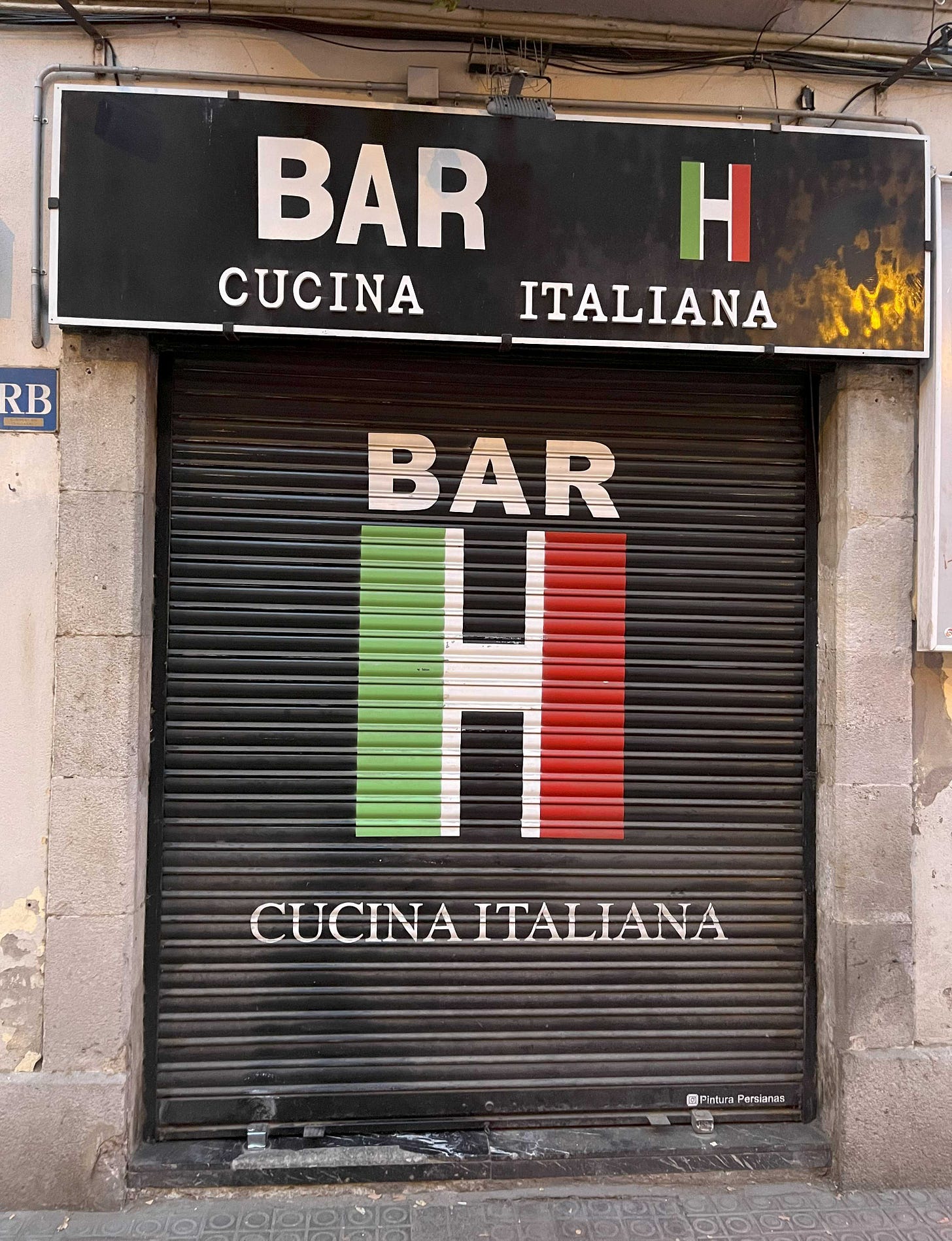
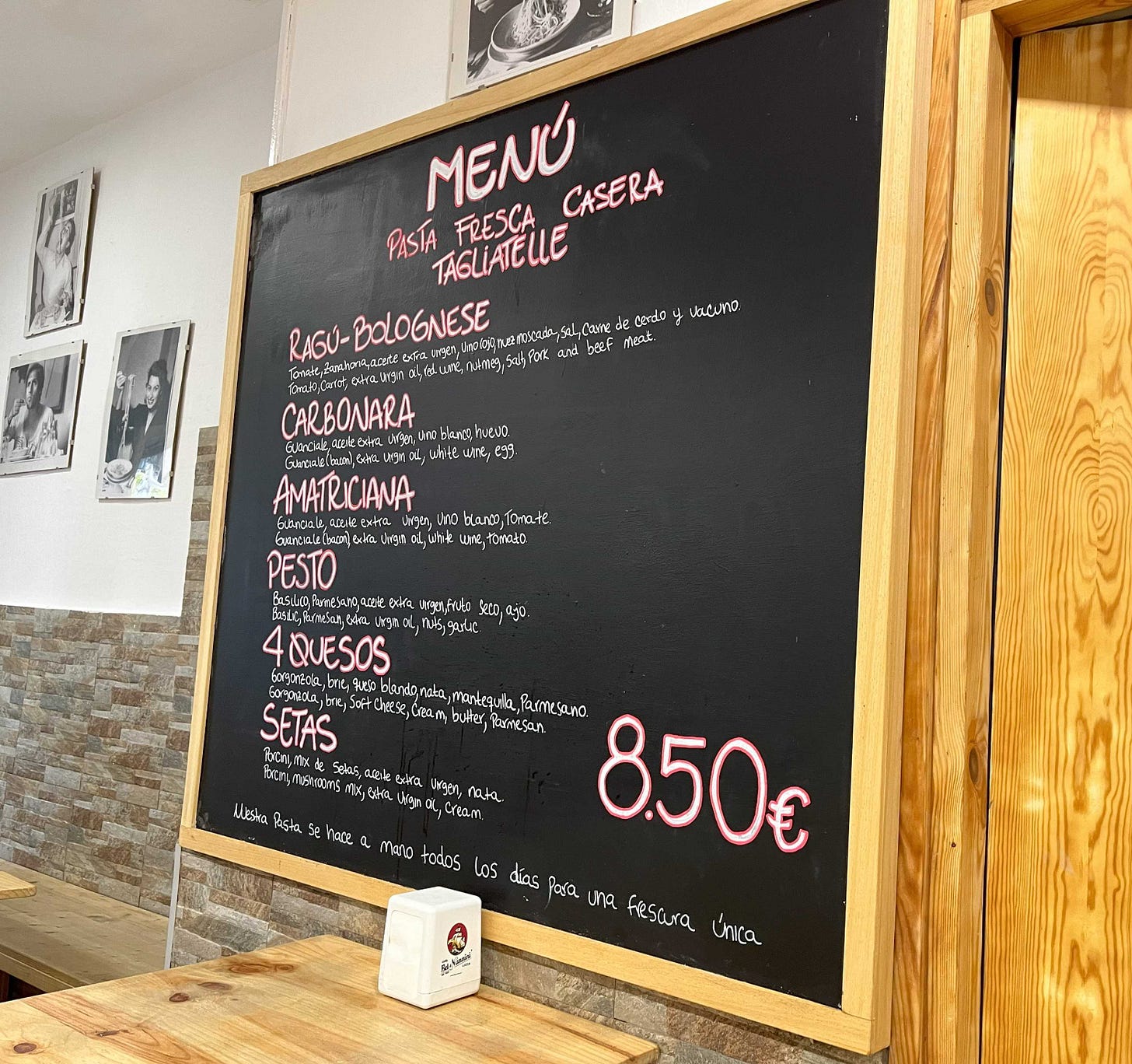
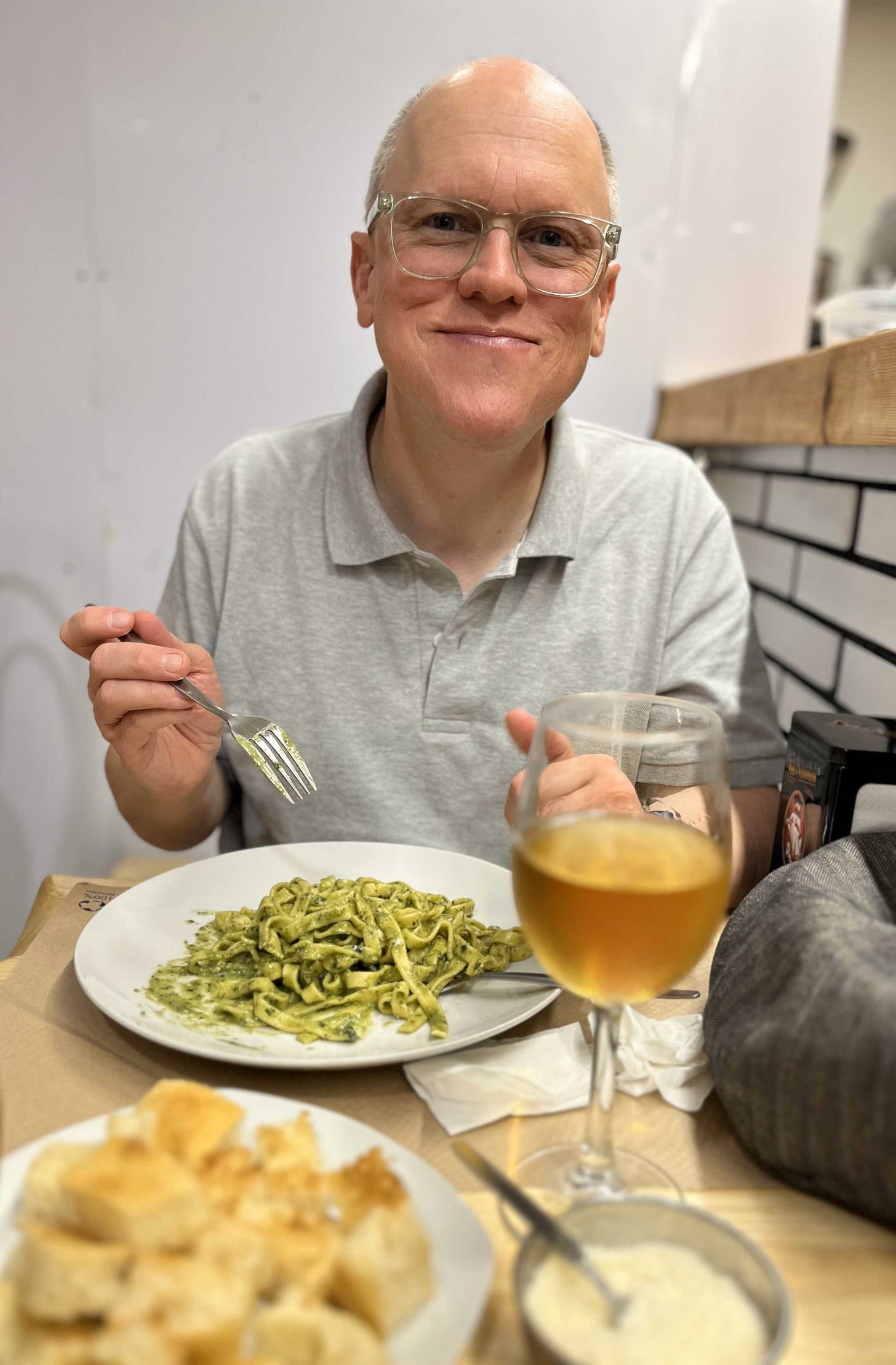
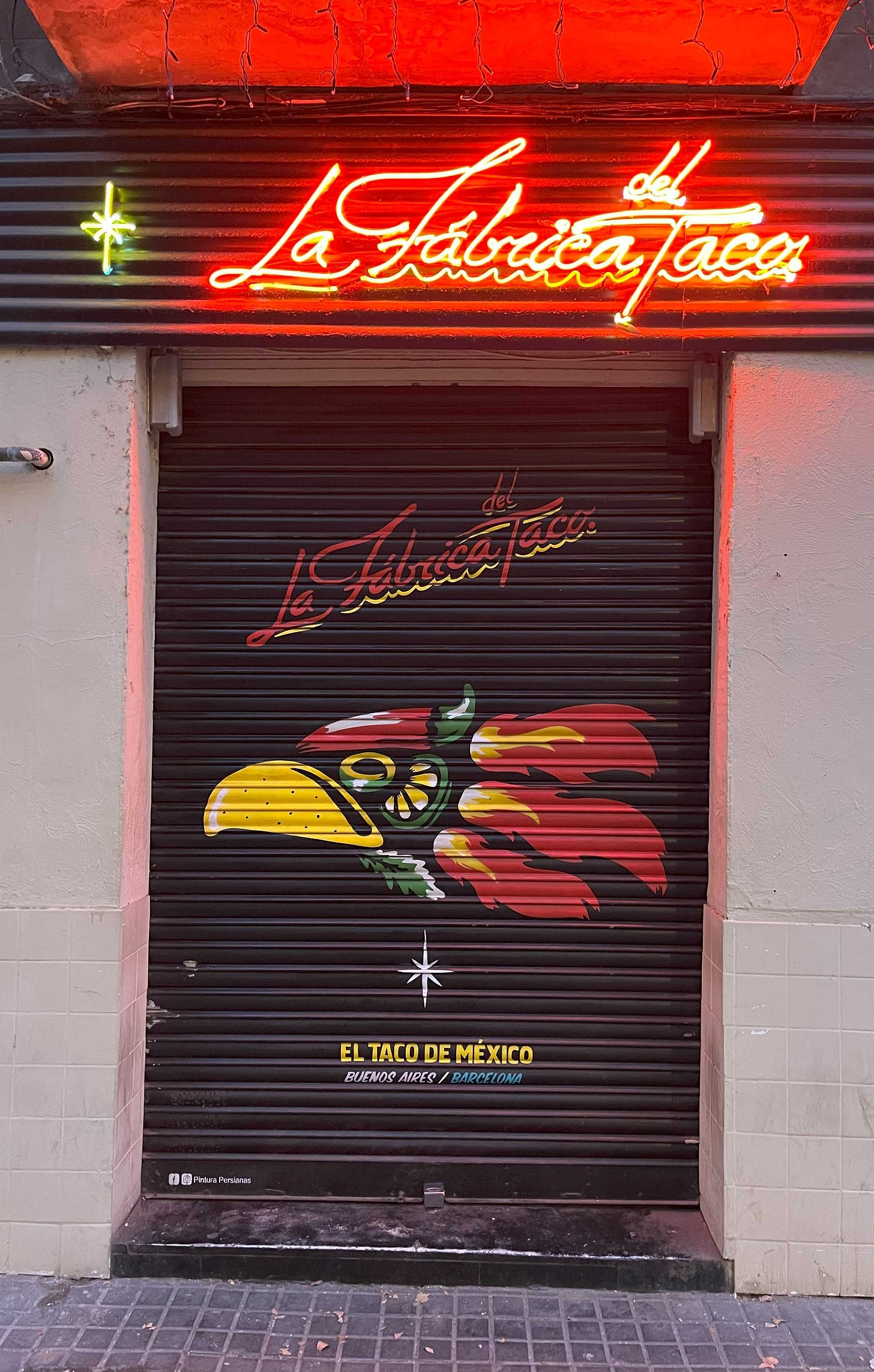
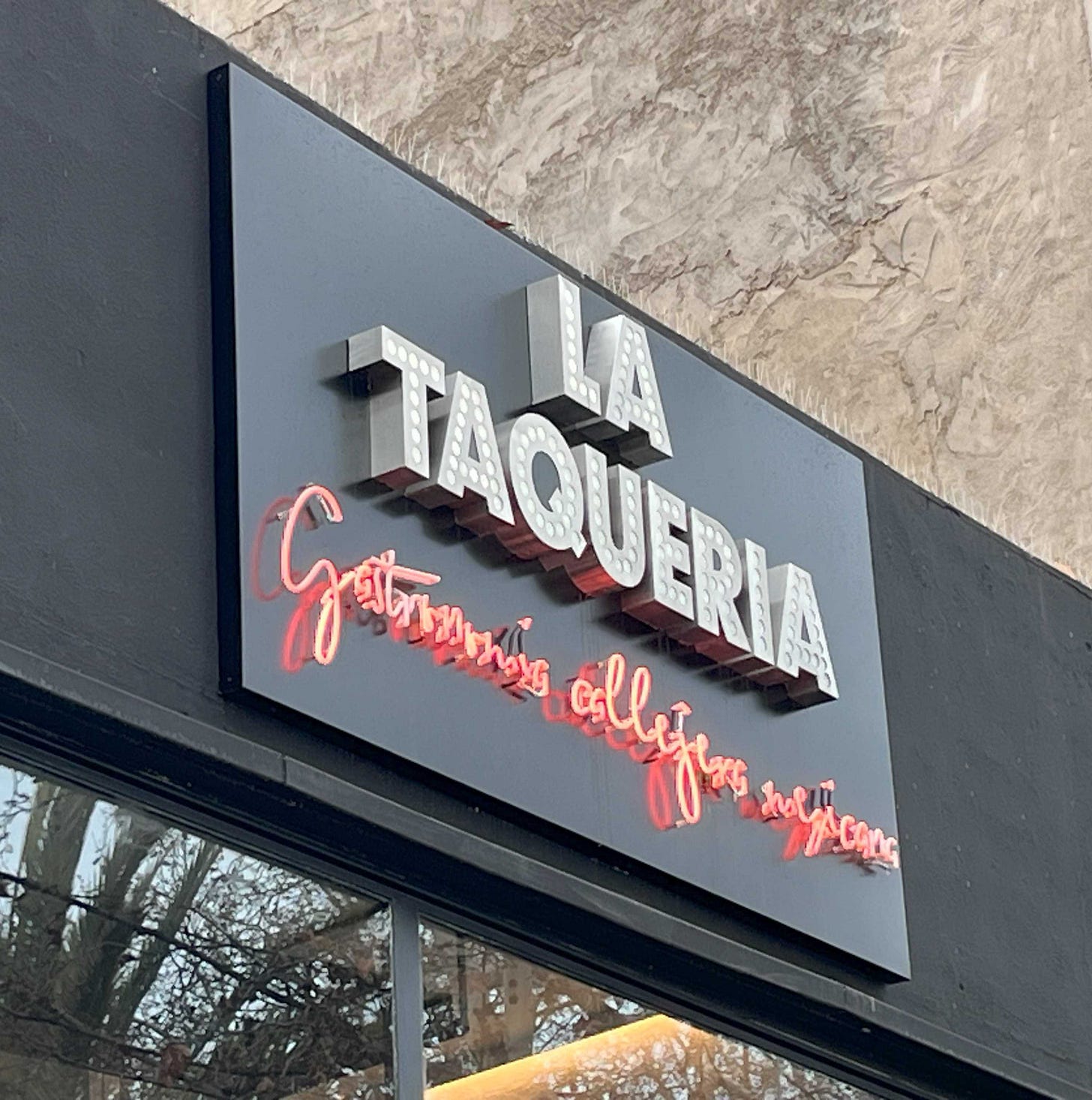

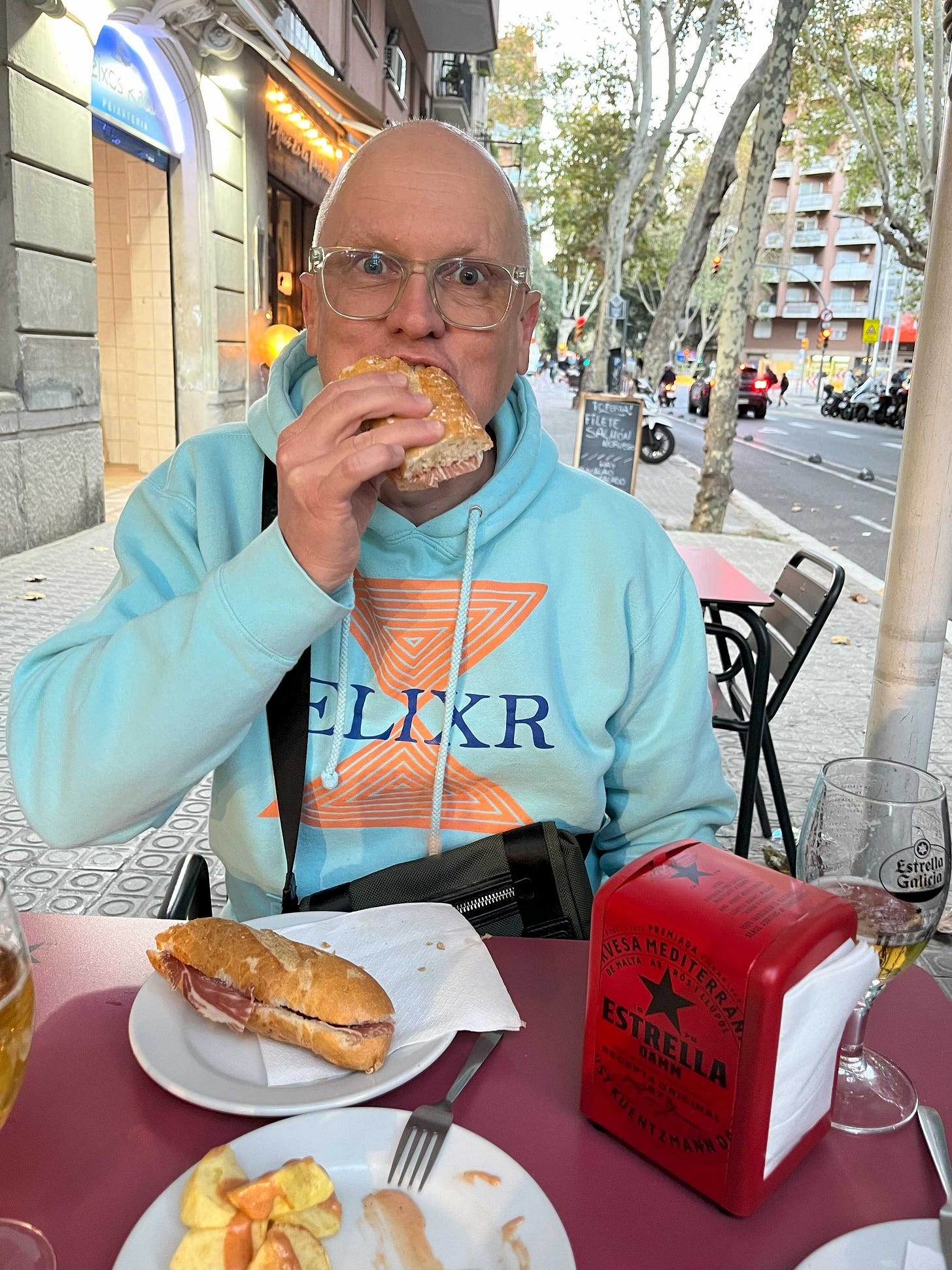
Thanks for the recommendations and the joy of sharing in your discoveries (and eateries) of your new home!
You’re welcome, I’m glad to share my finds.